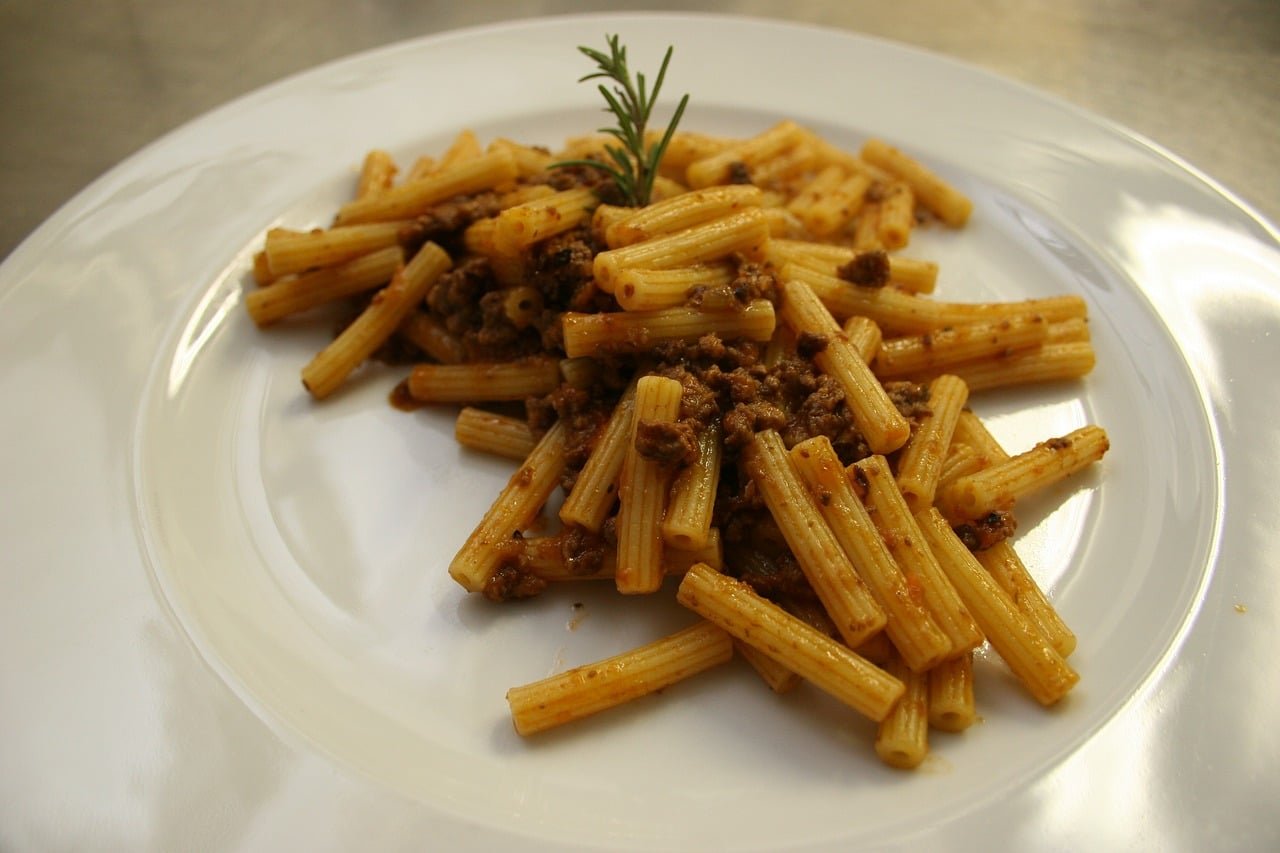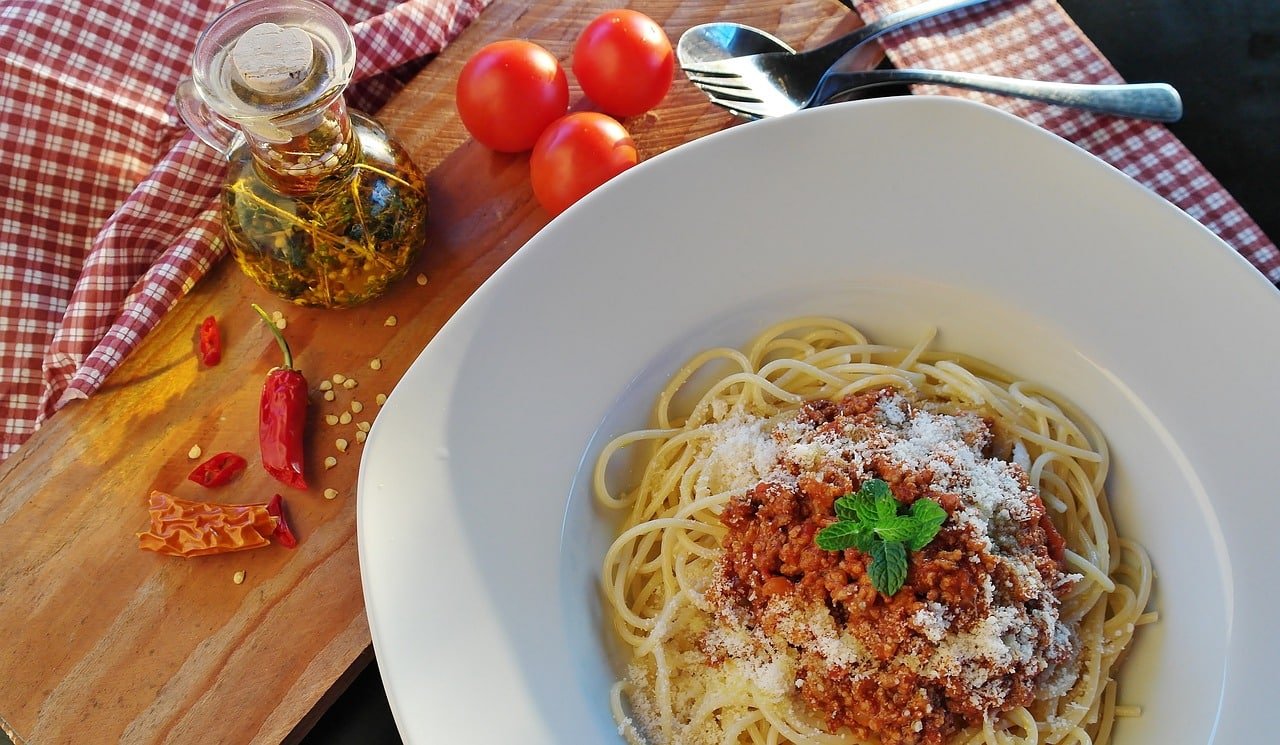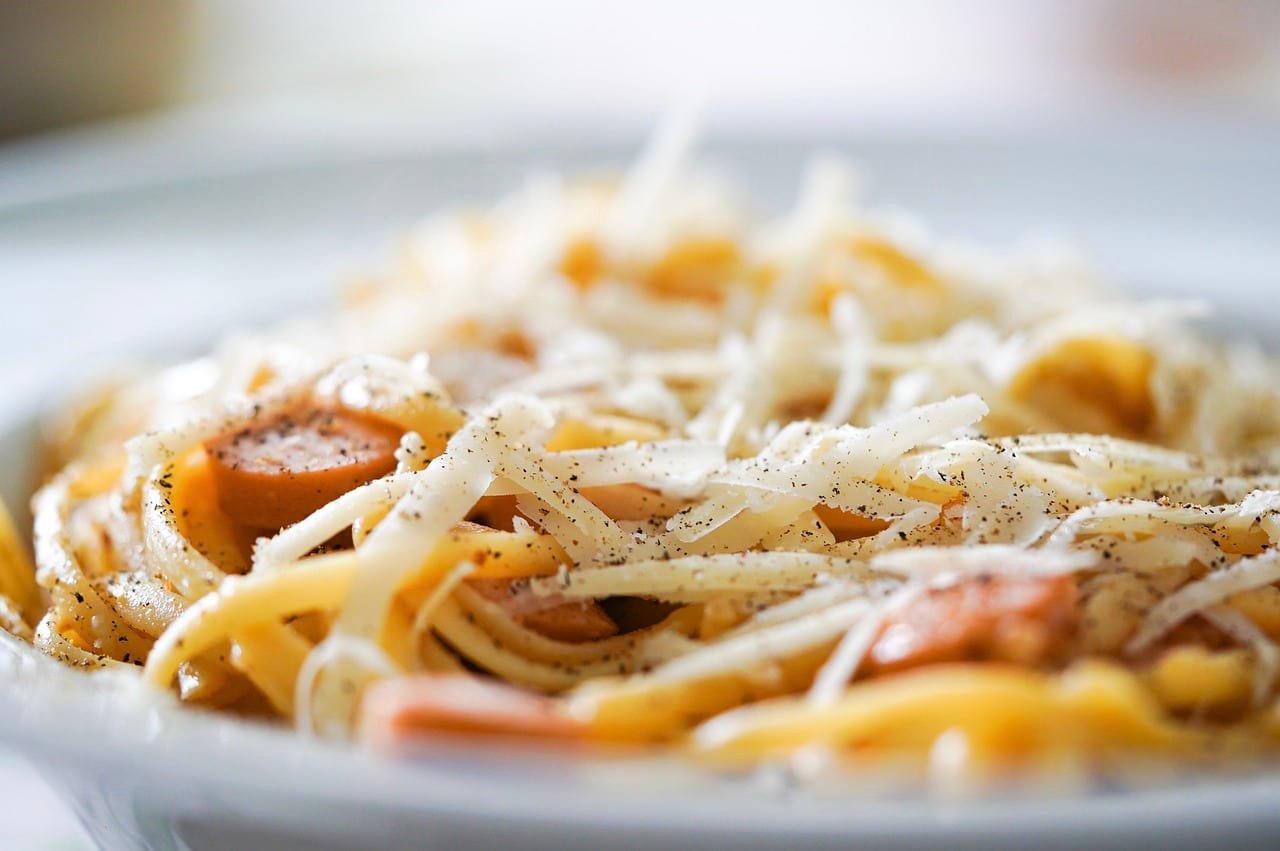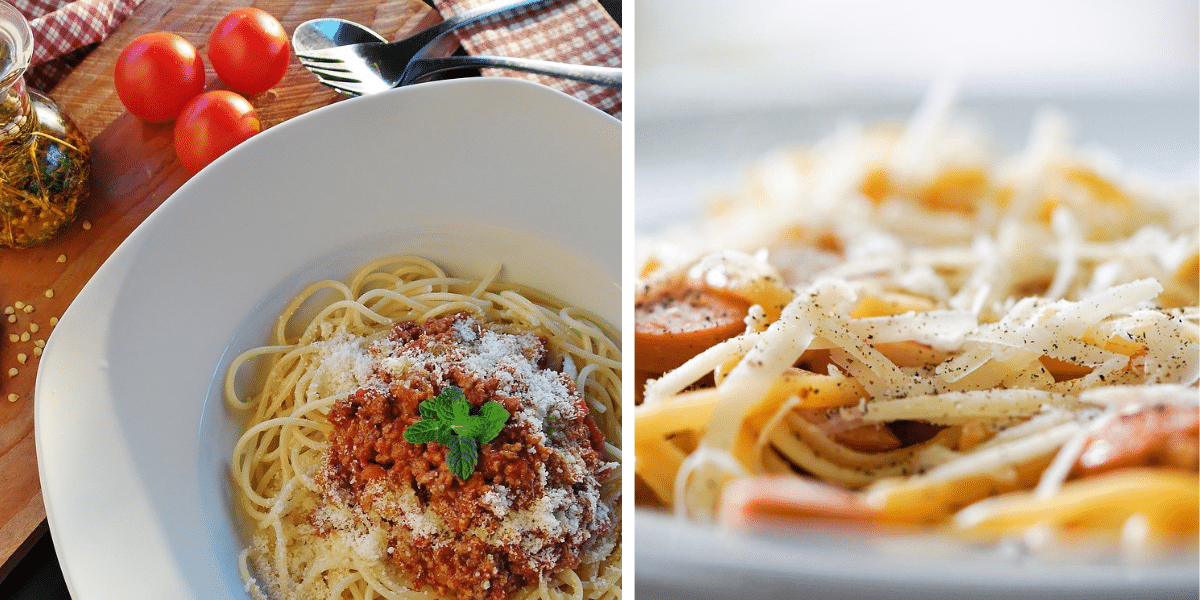Flavoring gluten-free pasta is an essential skill for anyone looking to enjoy a delicious and satisfying meal without gluten. In this guide, we’ll explore various methods to enhance the taste of your gluten-free pasta dishes, ensuring they are full of flavor and appeal.
Choosing the Right Base for Flavor Gluten-Free Pasta

Selecting the right type of gluten-free pasta is crucial for the base flavor of your dish:
Rice Pasta: A Versatile Choice
Rice pasta is great for flavor gluten-free pasta. It has a simple taste. This means it can go well with many sauces. You can try it with anything from a light tomato sauce to a creamy Alfredo.
Corn Pasta: Sweet and Savory
For flavor gluten-free pasta, corn pasta is a sweet pick. Its natural sweetness pairs well with hearty, savory sauces. This mix of sweet and savory can make your meal more interesting.
Quinoa Pasta: Rich and Earthy
Quinoa pasta brings a deep, nutty flavor to your dish. It’s perfect for flavor gluten-free pasta with bold sauces. Think of thick, earthy sauces that can stand up to its strong taste.
Tips for Exploring Pasta Types
Firstly, don’t be afraid to try new types of gluten-free pasta. Each kind brings its own unique flavor. Secondly, mixing up your pasta choice can make your meals more exciting. Lastly, remember, the key to flavor gluten-free pasta is to match the pasta with the right sauce.
By paying attention to these details, you can make your gluten-free pasta dishes just as delicious and varied as traditional pasta meals.
Moreover, venturing into different pasta types can lead to exciting discoveries. For instance, learning about how to jazz up boring pasta can provide additional insights into making your gluten-free pasta dishes stand out.
Mastering the Cooking Process to Flavor Gluten-Free Pasta
Properly cooking gluten-free pasta is pivotal:
Salting the Water: A Must-Do Step
To flavor gluten-free pasta right, start with salted water. Adding enough salt to the boiling water is key. It’s the first step to make sure your pasta isn’t bland.
Finding the Al Dente Sweet Spot
Cooking pasta just right, or ‘al dente,’ is crucial. You want it firm, not mushy. This means keeping an eye on it while it boils. Test it often. When it feels just right, it’s time to drain.
Sauce Absorption: Knowing Your Pasta
Different pastas soak up sauce in their own ways. Some might hold onto a creamy sauce better. Others might be perfect for a light, olive oil dressing. It’s important to think about this when choosing your pasta and sauce.
Cooking Tips for Flavorful Results
Firstly, remember that timing is everything. Overcooked pasta can ruin a dish. Secondly, consider the sauce you’re using. It can change how you cook your pasta. Lastly, experimenting is key to mastering how to flavor gluten-free pasta. Each time you cook, you’ll learn a little more about what works best.
For more detailed guidance, delve into the tips and tricks on cooking gluten-free pasta. Also, for expert advice on gluten-free cooking techniques, websites like Gluten Intolerance Group offer a variety of resources.
Sauces and Dressings to Elevate Gluten-Free Pasta

The right sauce can transform your gluten-free pasta:
Tomato-Based Sauces: Zesty and Rich
For a flavor gluten-free pasta, tomato sauces are a go-to. A spicy marinara or a hearty Bolognese adds zest and depth. These sauces make your pasta lively and full of taste.
Creamy Sauces: Smooth and Luxurious
Creamy sauces bring a rich, smooth feel to gluten-free pasta. Think of a velvety Alfredo or a cheesy sauce. They wrap each noodle in a layer of creamy goodness, making every bite a delight.
Oil-Based Dressings: Light and Flavorful
Olive oil mixed with garlic or herbs makes a simple, yet tasty dressing. It’s perfect for a light, summer pasta dish. This kind of dressing coats the pasta lightly but packs a punch of flavor.
Choosing the Right Sauce
First off, think about what you’re in the mood for. A heavy, comforting sauce? Or something light and fresh? Next, consider the pasta shape. Some hold onto thick sauces better, while others are suited for a light coating. Lastly, don’t be afraid to mix and match. The best part of flavoring gluten-free pasta is finding your favorite combinations.
Utilizing Herbs and Spices to Flavor Gluten-Free Pasta
Herbs and spices are the simplest way to add a burst of flavor to any dish:
- Fresh herbs like basil and parsley can infuse your pasta with a pop of freshness.
- Dried herbs and robust spices can contribute complexity and warmth to your pasta.
- Infused oils with garlic or chili can introduce a subtle kick that enhances the overall flavor profile.
Adding Vegetables and Proteins for a Complete Flavor Experience
Incorporating vegetables and proteins not only adds nutrition but also a variety of flavors and textures:

In conclusion, gluten-free pasta presents a delicious opportunity for those avoiding gluten, and with the right techniques, it can be just as flavorful as traditional pasta. By selecting the right type of pasta, cooking it properly, and pairing it with the right sauces, herbs, and accompaniments, you can create a gluten-free pasta dish that will delight any palate.
For more pasta inspiration, explore recipes like taco stuffed shells or the ultimate guide to pasta chicken parmesan, which can be adapted to gluten-free options. And for those looking to expand their gluten-free cooking repertoire, the Whole Grains Council provides a wealth of information on gluten-free whole grains that can be used in pasta making.

